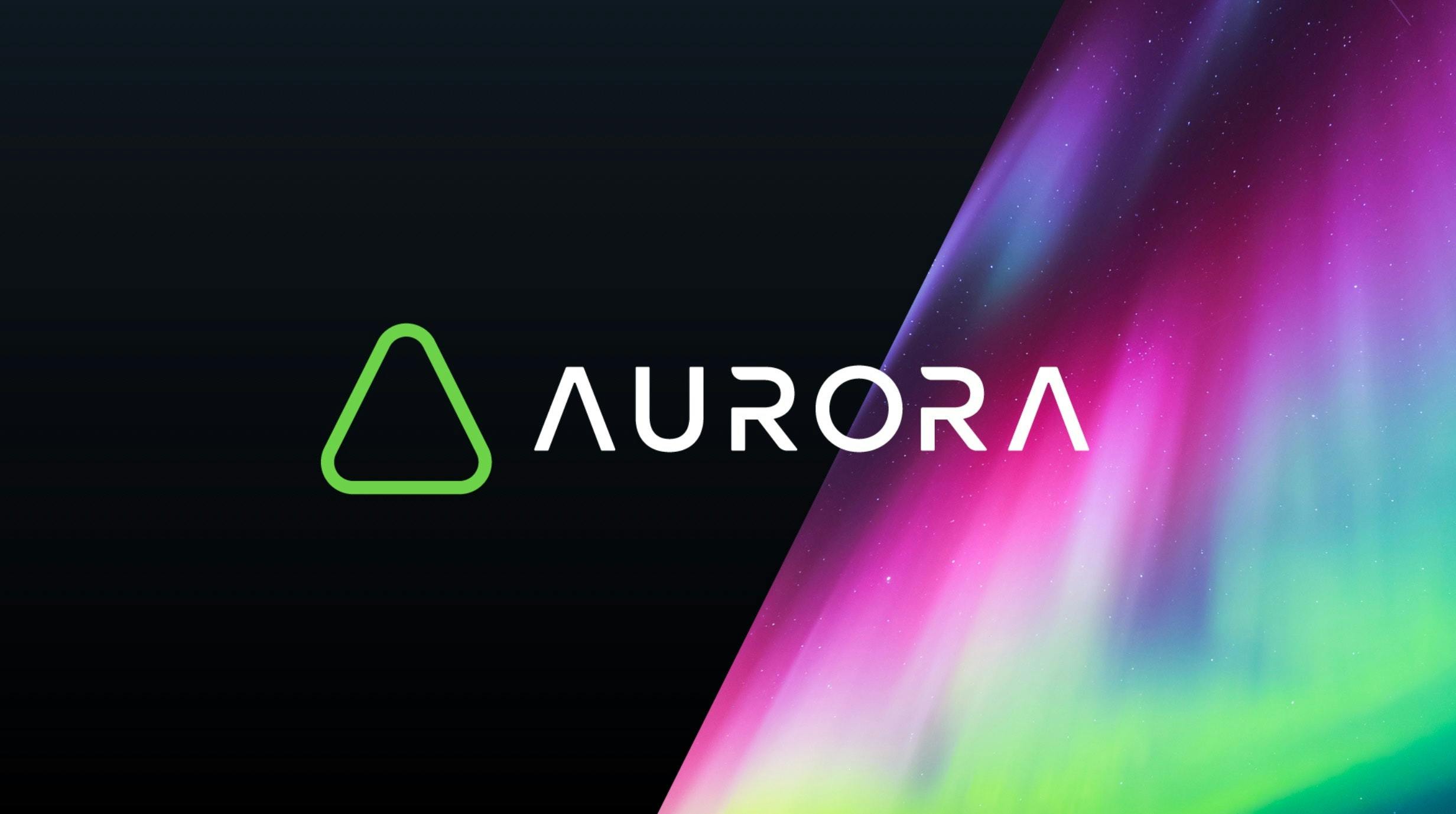Aurora Launches on NEAR Protocol
Aurora, an Ethereum Layer-2 protocol that provides developers and users experience of Ethereum on top of NEAR Protocol, a scalable blockchain-based, developer-friendly platform for decentralized applications.

MAY 12, 2021—Aurora, an Ethereum Layer-2 protocol that provides developers and users experience of Ethereum on top of NEAR Protocol, a scalable blockchain-based, developer-friendly platform for decentralized applications. Aurora combines two pieces of technology: an Ethereum Virtual Machine (EVM) and interoperable bridge. Developers can launch their Ethereum decentralized applications (dApps) on top of Aurora within minutes linking to other Ethereum contracts and assets via bridge which enables all Ethereum users and decentralized apps (dApps) to seamlessly operate within and migrate between blockchains, circumventing the need for layer 2 protocols.
Due to the recent uptick in network activity, Ethereum transaction fees have achieved record highs. Aurora bypasses these growing costs by capping gas fees to ensure they do not infinitely increase, maintaining an average transaction cost of several cents, i.e. around $0.01. Aurora’s lower costs, however, are not detrimental to speed—within 1-2 seconds finality for Aurora transactions, developers can deploy their existing Solidity and Vyper contracts to NEAR with no changes, and users can access these applications using their Ethereum and ERC-20 tokens, all from MetaMask and other Ethereum wallets. At the same time applications running in Aurora can easily interact with other apps in NEAR.
With low costs, best-in-class high transaction finality speeds and scalability, Aurora expands what’s possible in the Ethereum ecosystem while also expanding NEAR’s ecosystem with all the EVM-based applications. Aurora aligns NEAR with Ethereum 2.0 and enables dApps to be easily built and transferred between blockchains for enhanced performance.
“With Aurora, Ethereum users can work with familiar applications while benefiting from the efficiency of NEAR and without spending gas to use them, removing the financial barrier to entry for many users, founders and developers,” said Illia Polosukhin, Co-founder of NEAR Protocol. “Our goal is to create an interoperable future where the gaps between blockchains, developers and users are bridged. Aurora does just that by allowing for a seamless user experience and allowing for assets to pass uninterrupted between the Ethereum and NEAR blockchains, thereby merging economies and facilitating the development of creator communities.”
Aurora is fully compatible with Ethereum 1.0, including that base fees are paid in ETH or other ERC-20s and all the existing wallets and other tools will work out of the box. meaning that additional tools and tokens need not be purchased by users or developers in order to access Aurora.
About Aurora
Aurora is Ethereum Layer-2 built on top of NEAR Protocol. Aurora delivers x1000 lower transaction fees compared to Ethereum, 1-2 sec transaction finalisation time. Aurora is fully interoperable with Ethereum including ETH being used as a base token and all existing Ethereum tools being able to work out of the box. Aurora includes the trustless Rainbow bridge, that allows bidirectional transfers of any information from Ethereum, including ERC-20s.
About NEAR Protocol
NEAR Protocol is a blockchain-based, ultra-scalable, developer-friendly platform for decentralized applications. NEAR’s platform provides decentralized storage and compute that is secure enough to manage high value assets like money or identity and performant enough to make them useful for everyday people, putting the power of the Open Web in their hands.
NEAR Protocol uses a technique called “sharding” which splits the network into multiple pieces so that the computation is done in parallel. Parallelism radically increases throughput and allows the network to scale up as the number of nodes on it increases. With NEAR, there isn’t a theoretical limit on the network’s capacity.
Core contributors of NEAR have won multiple world championships in competitive programming and worked at major tech companies such as Google, Facebook and Niantic. To learn more about the NEAR Protocol, please visit https://near.org
